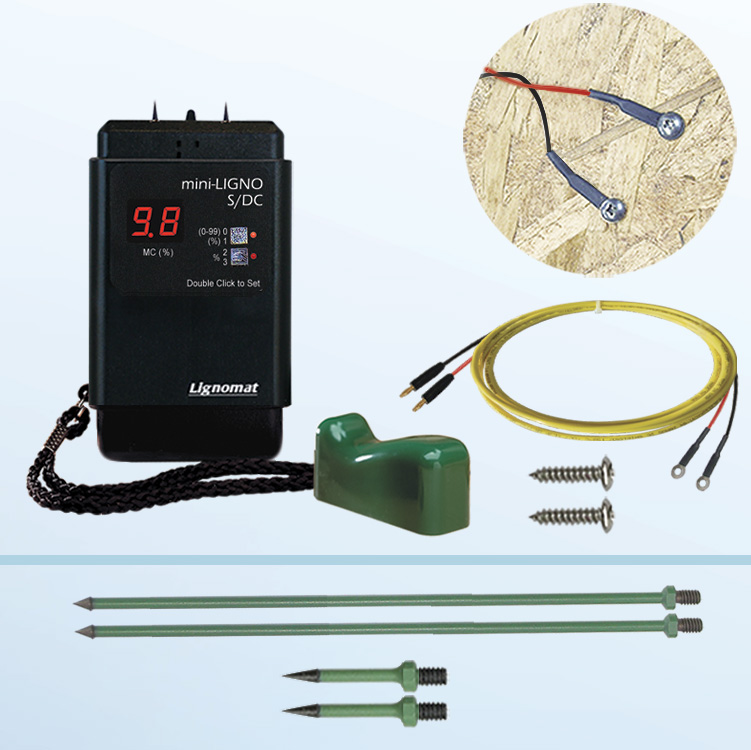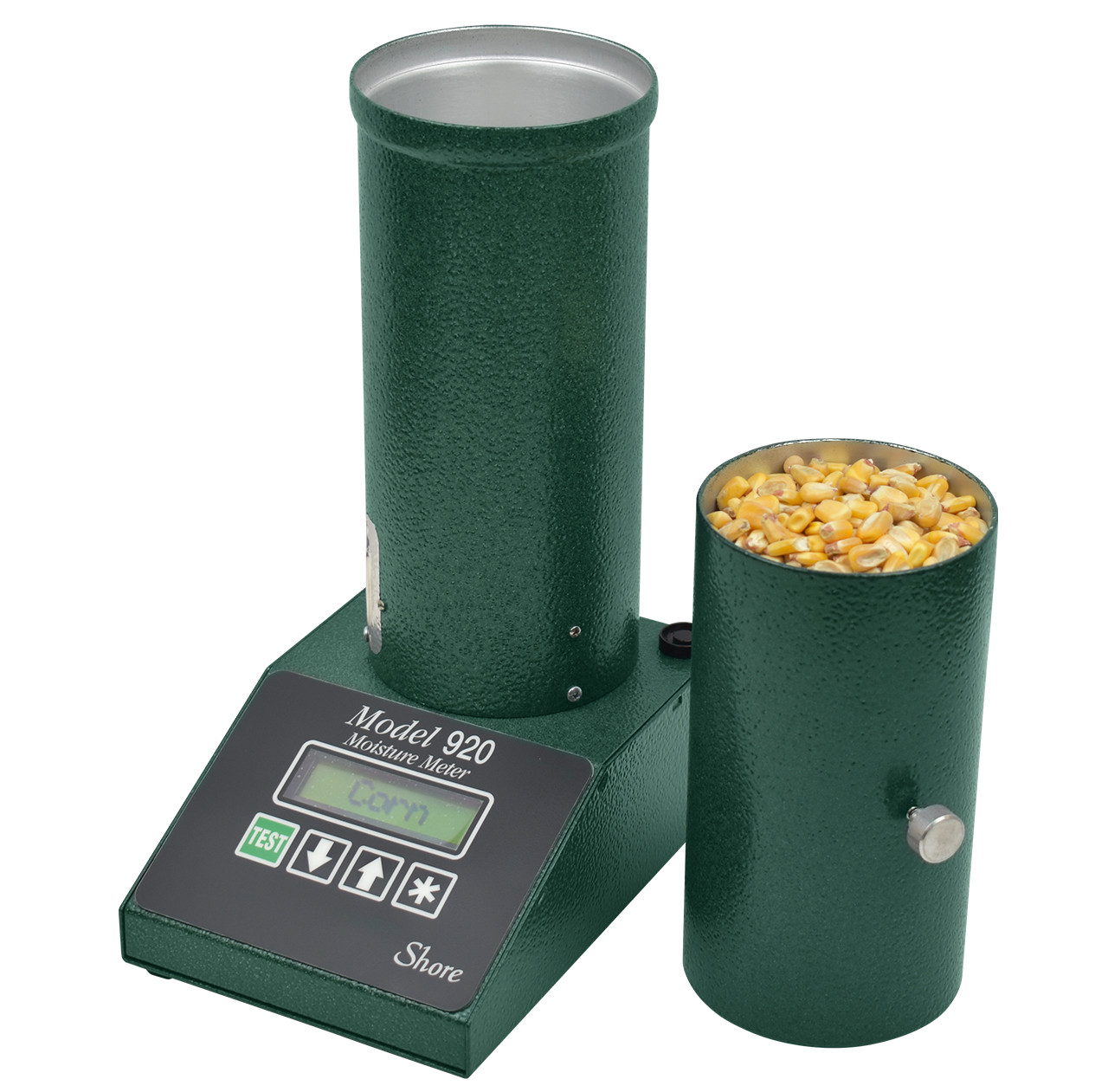Comprehending the Value of a Dampness Meter in Preventing Mold And Mildew and Water Damages in your house
In the world of home upkeep, the presence of wetness can usually be a quiet yet formidable adversary, efficient in causing prevalent mold and mildew growth and perilous water damage if left unattended. In the middle of the tranquil atmosphere of a residence, hidden moisture concerns can brew underneath the surface, posing a threat to both building and wellness. Nevertheless, geared up with the right tools and understanding, house owners can proactively combat these prospective dangers. Comprehending the value of a dampness meter in this battle is not just an option but a critical requirement.

Importance of Moisture Discovery
Effective dampness discovery techniques are important for guarding residential or commercial properties and avoiding prospective mold growth and water damages. Wetness can seep right into different structure products, leading to architectural concerns and carcinogen - Moisture Meter. By making use of a dampness meter, homeowner can proactively determine locations susceptible to excess dampness, allowing for timely intervention and mitigation approaches
Moisture meters provide precise analyses of wetness degrees in various materials such as timber, drywall, and concrete. This data aids in pinpointing locations of problem, also in concealed or hard-to-reach locations. Early discovery of wetness buildup allows punctual repairs or adjustments to avoid more damage.

How Moisture Meters Job
Moisture meters play a crucial duty in the proactive recognition of excess moisture, helping in the avoidance of possible mold and mildew development and water damage by offering precise analyses of moisture levels in numerous building products. Some progressed moisture meters integrate both pin and pinless innovations for detailed wetness detection. Comprehending just how moisture meters feature is necessary for exact and prompt wetness degree analyses, enabling effective precautionary measures versus mold and mildew and water damage.
Finding Early Caution Indicators
Upon first inspection of a residential or commercial property, acknowledging refined indicators of excess moisture comes to be vital in the early discovery of possible mold growth and water damage. Some common early indication include moldy smells, water spots on ceilings or walls, peeling off paint or wallpaper, and warped or stained surfaces. Stuffy odors frequently indicate the presence of mold and mildew or mildew, even if no noticeable indications appear. Water discolorations can signify leaks or seepage, while peeling off paint or wallpaper might be an outcome of next page wetness jeopardizing the adhesion of these products to the surface. Distorted or tarnished surfaces, such as distorting floorboards or stained drywall, are clear signs of water damages. Moisture Meter. Furthermore, an increase in allergic reaction signs and symptoms or breathing problems among occupants may recommend the existence of mold and mildew due to excess moisture. By promptly determining and resolving these early indication, house owners can mitigate the risk of extensive mold development and water damage in their homes.


Preventing Mold Development
Identifying early indication of excess wetness within a property not only makes it possible for prompt discovery of possible mold development and water damage yet additionally works as a proactive step in avoiding the proliferation of mold. To efficiently avoid mold development, it is essential to attend to any kind of resources of wetness quickly. This can include repairing leaks in pipes, home windows, or roof coverings, making sure appropriate ventilation in damp locations like bathrooms and cooking areas, and making use of dehumidifiers in high-humidity spaces. Regularly keeping the residential property and evaluating's plumbing, roofing, and rain gutters can additionally aid in protecting against water invasion that can result in mold and mildew growth.
Keeping track of dampness levels in locations susceptible to wetness, such as cellars and creep rooms, making use of a dampness meter can additionally help in early discovery of elevated wetness degrees and possible mold growth. By taking positive actions to avoid excess dampness and mold growth, home owners can protect their residential property and indoor air Full Report high quality.
Advantages of Regular Surveillance
Regular surveillance of moisture degrees in a residential or commercial property can play an essential role in keeping a healthy interior atmosphere and avoiding prospective mold and mildew and water damages. By on a regular basis examining moisture levels, property owners can find any issues immediately and take essential actions to stop mold and mildew development and water damage.
Additionally, routine tracking enables house owners to track patterns and patterns in wetness degrees over time. Eventually, the regular surveillance of dampness levels equips property owners to safeguard their residential property, guard their health and wellness, and protect the honesty of their interior setting.
Verdict
To conclude, using a wetness meter is vital in stopping mold and water damage in homes. By detecting very early caution indications of moisture, home owners can take positive steps to prevent mold and mildew growth and pricey repair services. Routine surveillance with a moisture meter can aid maintain a healthy and balanced indoor setting and protect the structural honesty of the home. It is an important device for ensuring the safety and security and well-being of homeowners.
By utilizing a wetness meter, residential or commercial property owners can proactively determine locations vulnerable to excess moisture, allowing for prompt treatment and reduction approaches.
Wetness meters offer precise analyses of moisture levels in different products such as timber, drywall, and concrete.Wetness meters play a pivotal function in the aggressive identification of excess moisture, assisting in the avoidance of possible mold development and water damage by offering exact readings of dampness levels in numerous structure materials. Understanding how moisture meters feature is important for exact and timely dampness navigate to this website degree evaluations, allowing effective precautionary steps versus mold and water damages.
Checking moisture levels in locations vulnerable to dampness, such as cellars and crawl areas, utilizing a dampness meter can also help in early discovery of raised wetness levels and potential mold and mildew development.
Comments on “Comprehending the Various Kinds Of Moisture Meters and Their Applications”